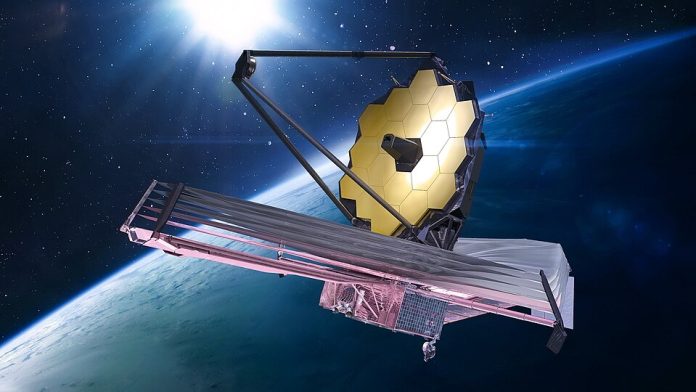
Could the world’s most powerful AI chipmaker be signalling a shift in the global technology balance? Nvidia CEO Jensen Huang’s remark that “China is going to win the AI race” delivered at the Financial Times’ Future of AI Summit set off a wave of geopolitical and industry speculation. Huang cited China’s lower energy costs and looser regulations as competitive advantages, contrasting them with what he called excessive “cynicism” and restrictive rules in the U.S. Hours later, Nvidia issued a clarification in which Huang emphasised, “It’s vital that America wins by racing ahead and winning developers worldwide.”

His comments come amid tightened U.S. export controls on advanced AI chips, Beijing’s national security review that has frozen Nvidia’s market access, and an intensifying contest to dominate the infrastructure powering generative AI and large-scale machine learning.

1. The Strategic Stakes in AI Hardware
Nvidia’s position at the heart of AI acceleration hardware makes its access to markets a matter of national strategy. The company’s most advanced Blackwell GPUs, for example, cannot be sold to China under U.S. policy. “The most advanced, we will not let anybody have them other than the United States,” President Donald Trump said. Huang has argued insistently that keeping global developers tied to Nvidia’s ecosystem is crucial to maintaining U.S. leadership. But as China invests heavily in domestic AI chips and takes advantage of subsidised energy for data centers, the hardware race is narrowing to what Huang called “nanoseconds” of difference.
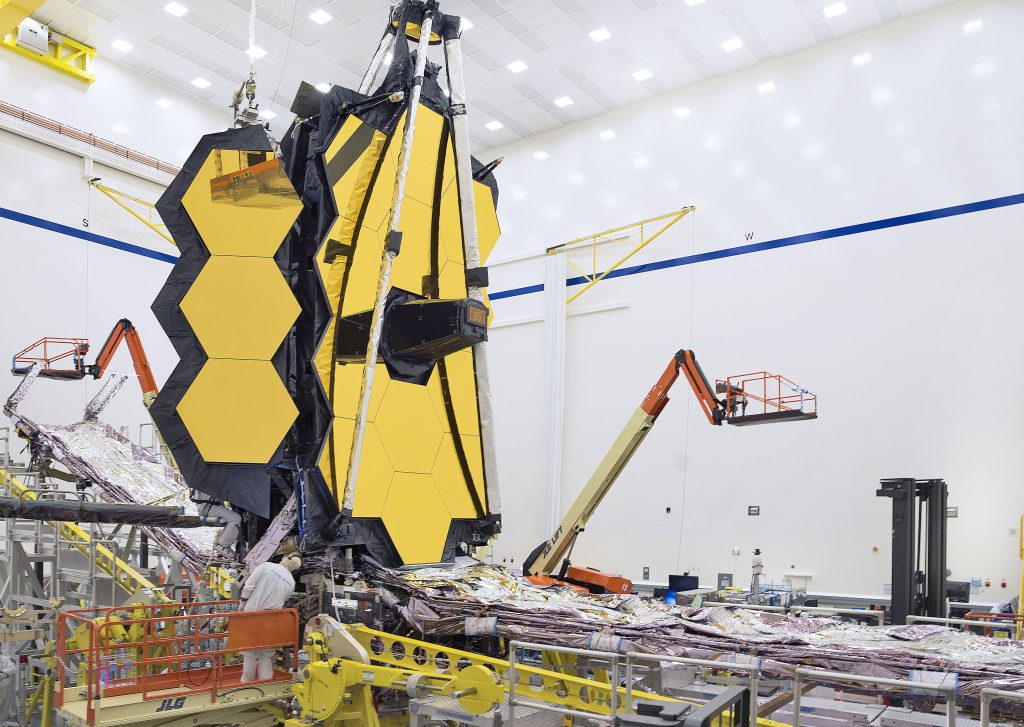
2. Webb’s First 3D Map of an Alien Atmosphere
While AI competition plays out on Earth, the James Webb Space Telescope (JWST) has delivered a milestone in exoplanet science: the first full three-dimensional temperature map of a planet beyond our solar system. The target, WASP‑18b, is an ultra-hot Jupiter about 400 light-years away, with ten times Jupiter’s mass and a blistering dayside near 5,000°F (2,760°C). Using spectroscopic eclipse mapping, researchers measured minute changes in infrared light as the planet passed behind its star, with each wavelength probing a different atmospheric layer. The resulting 3D map revealed a central hotspot with depleted water vapor likely destroyed by extreme heat encircled by a cooler ring. “If you put those together, you can get a 3D map of the temperatures in this atmosphere,” said Ryan Challener of Cornell University. This technique, enabled by JWST’s Near-Infrared Imager and Slitless Spectrograph, opens the door to mapping atmospheric dynamics on dozens of exoplanets.
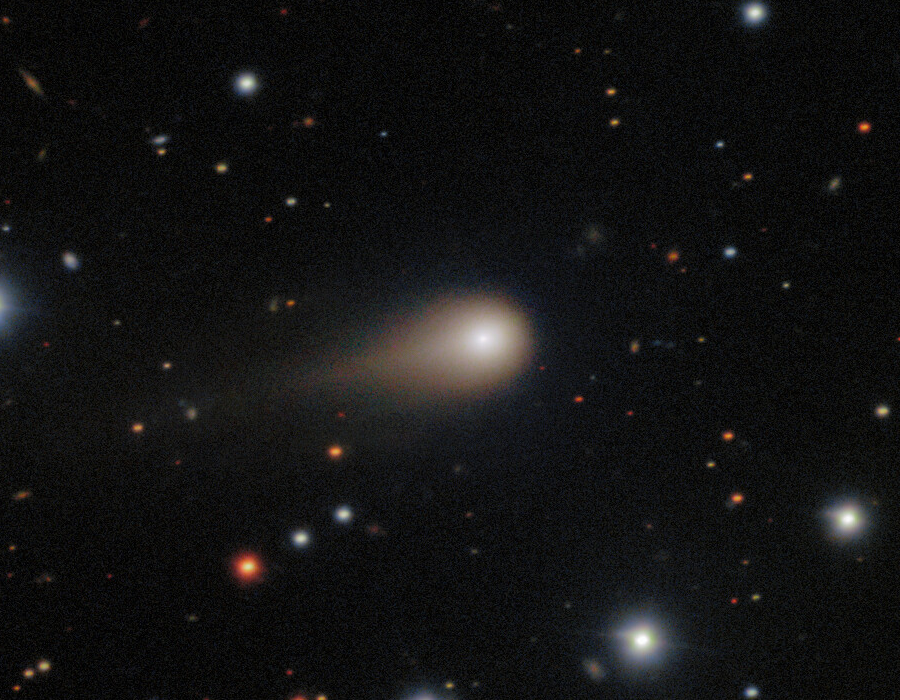
3. Interstellar Comet 3I/ATLAS – a radiation-altered relic
JWST is also rewriting insights about the third known interstellar visitor, comet 3I/ATLAS. Observations reveal its surface has been changed through billions of years of galactic cosmic ray bombardment into a carbon dioxide-rich, 15–20 meter deep irradiated crust. According to lead researcher Romain Maggiolo, the effect is “very slow, but over billions of years, it’s a very strong effect.” The comet’s rapid brightening at perihelion well in excess of that seen from typical Oort Cloud comets suggests unusual sublimation processes, perhaps dominated by CO₂ release at close solar distances. At roughly 7 billion years old and churning along at more than 130,000 mph (210,000 km/h), 3I/ATLAS presents a rare laboratory by which the chemistry of other planetary systems may be studied.
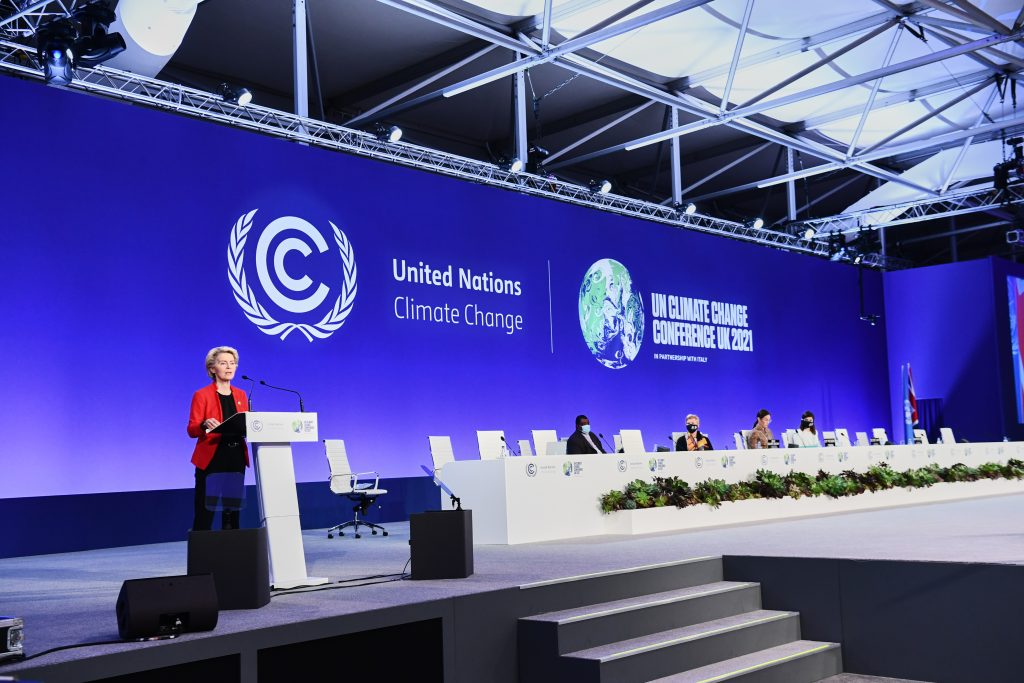
4. Climate Models Indicate 1.5°C Breach Before 2035
The latest UN Environment Programme Emissions Gap Report warns that the planet is “very likely” to exceed the 1.5°C warming threshold in just a decade. Even if all national pledges are met, models predict 2.3–2.5°C of warming by 2100. Current policies point closer to 2.8°C. The report highlights the dwindling “carbon budget”-the total amount of CO₂ humanity can emit before overshooting targets-and calls for unprecedented annual cuts. Climate modelling integrates satellite-based Earth observation, ocean buoy networks, and coupled atmosphere-ocean general circulation models, making possible simulations of future warming. Such models consider feedback from such things as ice-albedo loss and carbon cycle shifts, which can accelerate the temperature rise.
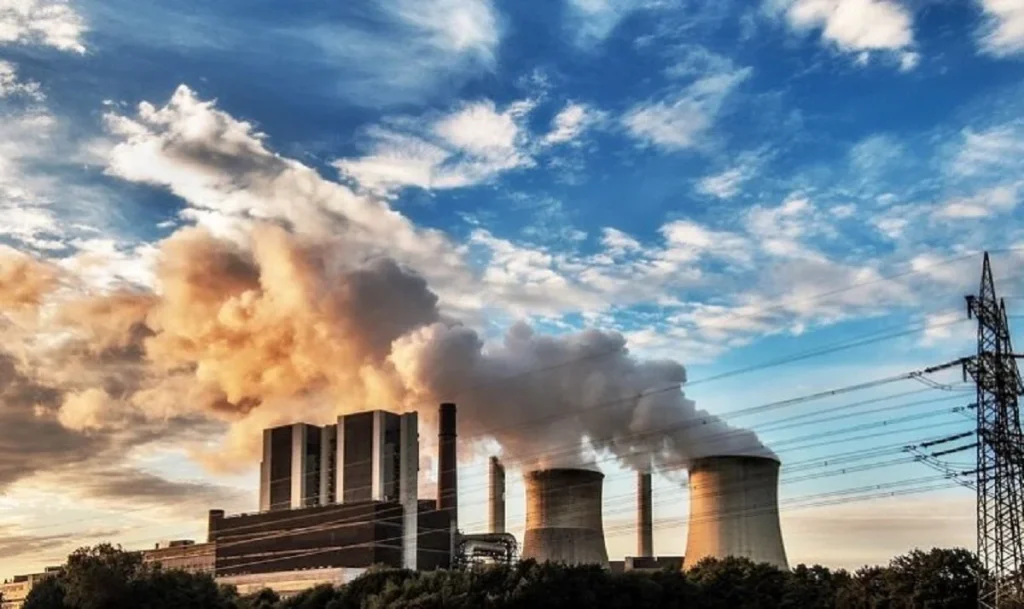
5. Carbon Budget Calculations and Policy Implications
Estimates of the carbon budget are based on ensembles of climate models run under different emissions scenarios, bounded by observations of energy imbalances and greenhouse gas concentrations. The report by UNEP calculates that additional cuts of two billion tonnes of CO₂ a year are required to make up for rising U.S. emissions as a result of policy rollbacks. “Every tenth of a degree has ramifications on communities, on ecosystems around the world,” said Adelle Thomas, vice chair of a UN scientific panel. For policymakers, these budgets translate into sector-specific targets for energy, transport, and land use and influence the deployment of carbon removal technologies.

6. Engineering the Climate Response
From an engineering perspective, fulfilling the ambition of the 1.5°C target requires rapid scaling of renewable energy systems, modernisation of the grid, and negative emission technologies such as bioenergy with carbon capture, direct air capture, and more. Advancements in materials science-from high-efficiency photovoltaics to long-duration energy storage-are integral in decarbonising power. Equally, precision agriculture and reforestation methods improve natural carbon sinks, while innovative urban designs will lower demand-side emissions.
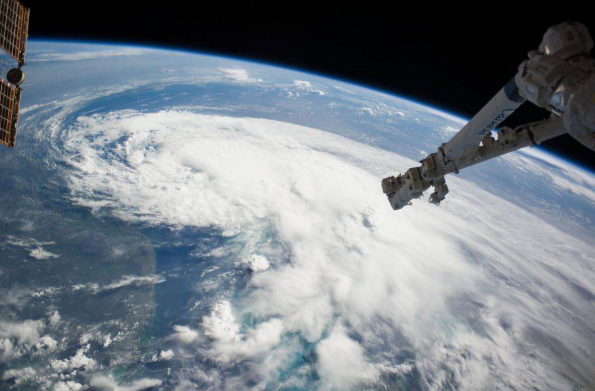
7. The Intersection of Space Science and Earth Systems
The same space-based observational capabilities that map exoplanet atmospheres and interstellar comets are integral to climate monitoring. Instruments like JWST’s spectrographs are optimized for faint, distant targets, but Earth-observing satellites use similar spectroscopic principles to measure greenhouse gases, aerosols, and surface temperatures.

This cross-pollination of techniques underscores a unifying theme: whether tracking a comet from another star or quantifying methane plumes over the Arctic, precision measurement is the foundation for understanding and responding to planetary change.
